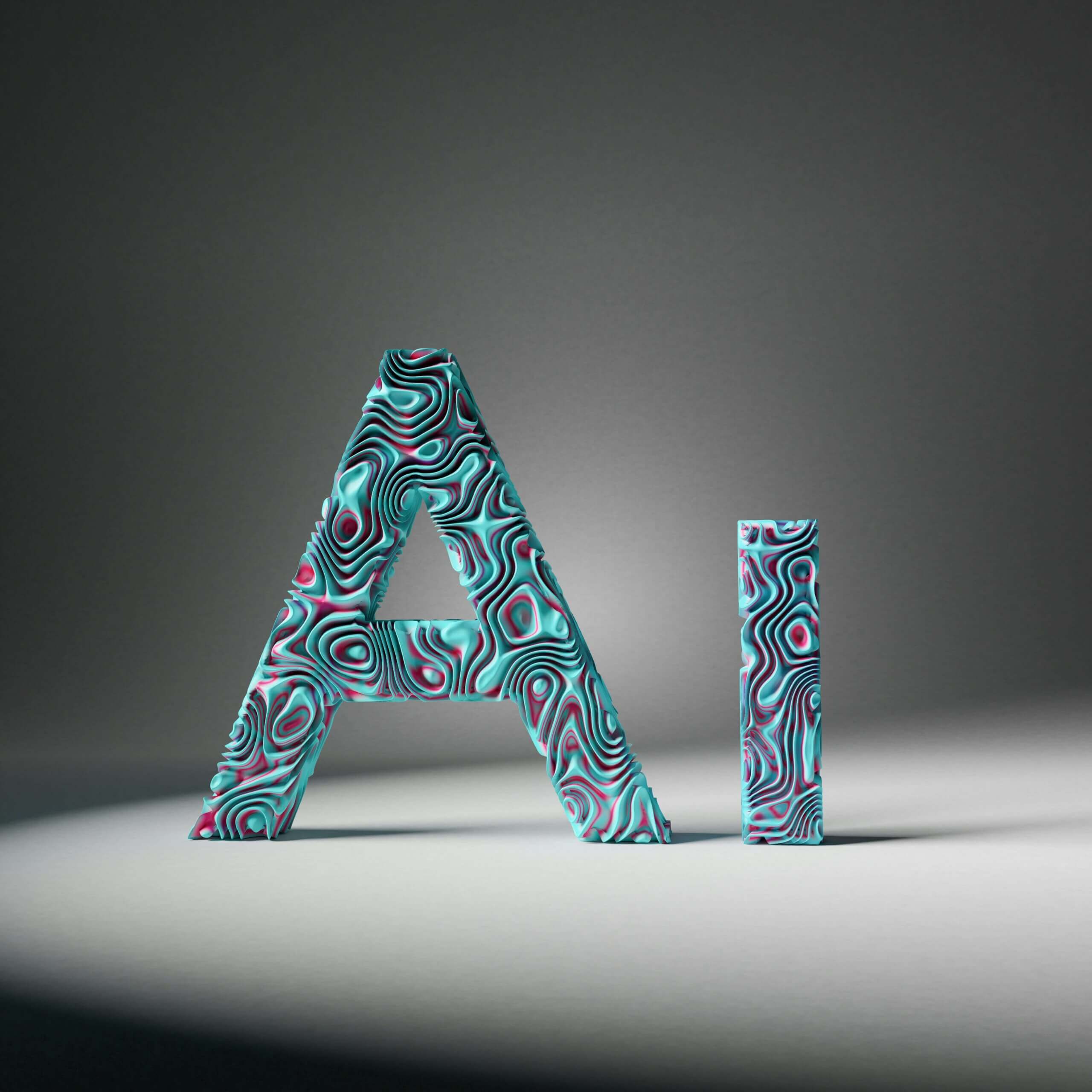
Alex Marvin
Freelance Writer
05.06.2025
We exist in a world where the first impression happens in seconds. Even before your potential customer reads your tagline or visits your website, they already have an opinion about your brand. And most of the time, it begins with something, the logo.
It is simple to downplay the strength of a symbol. A couple of shapes, a pop of color, perhaps a font that is exactly right. But a logo is something more than an ornament perched in the corner of your business card.
Consider the most well-known brands globally. You might possibly visualize their logos at this very moment without batting an eyelid. That recognition happens on purpose. It is the outcome of careful design closely linked to brand values and positioning strategy.
Keep in mind that your logo speaks for itself, even before your brand opens its mouth.
But what precisely is it that makes a logo so crucial to your brand identity? And why would companies bother with logo design at all, from the start? Let’s discover.
How Can Logo Design Provide Your Brand With An Identity?
So, how does a logo actually provide your brand with an identity that people remember? Let us disentangle that in the section below.
It Communicates The Personality
When you break it down, a logo is a visual image of your brand’s personality. It takes form for who you are. The color, the typography, the iconography, everything collectively makes an instant impression.
And that first impression is more important than most people know. A survey found users make judgments about a website in 50 milliseconds of arrival. That split-second judgment will frequently be led by what they see, particularly the logo.
A logo says the following:
- Your niche or industry
- Your tone and values (serious, playful, cutting-edge, etc.)
- Your audience
- Your professionalism and dependability
The appropriate logo gives the impression of familiarity and confidence. The inappropriate one leaves others perplexed, or worse, disinterested. In saturated markets, even a little misalignment in branding translates to lost business.
This is why if you are an up-and-coming business or emerging entrant in the market, you need to start your branding process by doing a rapid search for logo designers near me. Alternatively, you can explore easy-to-use tools like the Writecream Band Logo Generator, which can help you quickly experiment with ideas and create a solid starting point. This will not only teach you how to build a good logo, but also how the logo fits into a much bigger system, including packages, websites, social media profiles, storefronts, and advertisements. A good logo unifies all of those pieces.
It Builds Trust Before You Even Speak
Trust is a delicate commodity in business. It is something that must be earned over time, but most of the time, people determine if they trust a business based on what they observe before they ever have any contact with the product or service. And the logo is a significant factor in that.
Actually, studies have discovered that logo design has a direct effect on consumer perception of quality, values, and personality in a brand. Humans process visual signals quicker than words. If a logo is perceived as polished, new, or familiar, it communicates one thing: this company is sure of what it’s doing.
At the same time, a logo that looks old, confusing, or unprofessional can have the reverse effect. It may lead your visitors to question whether your company is new, untrustworthy, or simply not for them. And once this impression is created, it’s difficult to break.
This is particularly true for companies entering saturated markets or vying to be different in crowded spaces. Your logo provides an opportunity to create a powerful first impression, even before the dialogue starts.
It Is A Strategic Asset
Most companies look at their logo as a design exercise, a chore to mark off. The most effective brands, however, look at it as a strategic investment.
Here’s why.
Your logo travels with you. It lives on your website, your business cards, your packaging, your invoices, your presentations, your email signatures, and even your swag. It becomes the most repeated and visible expression of your brand. You do not just design it once and forget it. It becomes part of how your company is recognized, remembered, and referred to. As time passes, your logo accumulates meaning. The longer that people connect it with something good, the stronger it gets. This is referred to as brand equity, and logos are one of their main containers.
It Makes You Stand Out
It might be tempting to go after whatever logo design is trendy currently. Flat design, simple wordmarks, geometric icons, these trends come and go. But the best logos tend to survive them. Consider the most widely known logos in today’s times. Nike, Apple, FedEx, and others come to mind. Each represents a story, and each has subtly changed over time without losing its essence.
A good logo reflects the personality of the brand and market positioning. This is why using seasoned designers makes a difference. They pose the right questions, are familiar with your industry, and design with purpose, not with aesthetics.
And that process requires more than creativity. It requires listening, research, and strategic thinking.
It Provides You Space In A Digital Age
Logos exist in profile pictures, website headers, app icons, email templates, and digital ads. Therefore, they must frequently shift across formats and platforms. That flexibility is essential.
One that reads well on a billboard may be illegible as a social media icon. That which leaps off of a white background may fade on a dark one. This is why pro design has variations, including horizontal, vertical, simplified marks, and responsiveness. Each of these is tailored for various applications.
Your Logo Is The First Chapter Of A Bigger Story
Fundamentally, a logo is storytelling. It speaks on behalf of the brand before words are ever said. It sets the tone of emotion. It tells people what type of experience they can expect. And in doing it right, it’s more than a piece of design. It’s a memory, a shortcut, and a signifier of all that your brand represents. So if you’re creating or reviving your brand, don’t make the logo an afterthought. Make it part of the foundation and let it guide the way. Because long after the website has shifted and the marketing has changed, the logo will remain, quietly doing its job, making your brand recognized.





